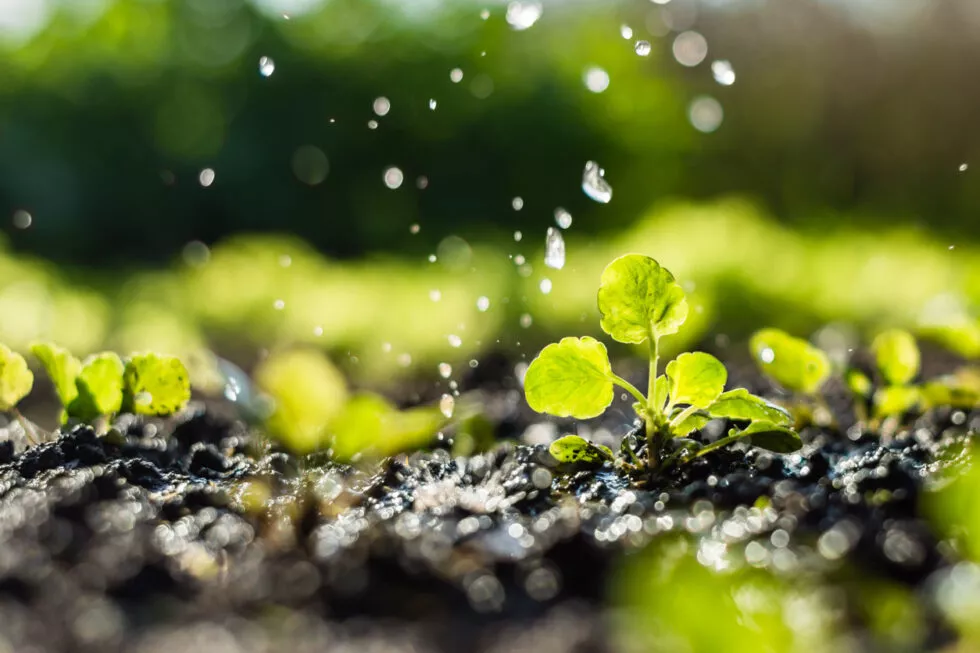REUSE: an alternative to drinking water
In the face of climate change and drinking water shortages, the sharing and conservation of water resources is becoming a political priority. The reuse of treated wastewater (REUSE) is presented as one of the best solutions for adapting to the seasonal tensions that remain with regard to water. Aquatiris offers you an effective solution for the recovery of your wastewater in order to reduce your consumption of drinking water.
REUSE: what does it really involve?
In the traditional cycle, water is taken from its natural environment and treated to make it drinkable. It is then transported to homes for use. Wastewater is collected after use and treated in various purification plants before being discharged into the environment.
In some municipalities, instead of discharging treated wastewater into the environment, it is reused. This is known as the reuse of treated wastewater. REUSE consists of recycling the water that comes out of the treatment plant for various uses. Depending on the type of treatment it has undergone, reusable water can be used for agricultural irrigation, cleaning roads and green spaces.
The challenges of REUSE
The reuse of treated wastewater is one of the best solutions to meet the need for this resource, which is becoming increasingly unavailable. Indeed, with population growth, climate change and economic development, the demand for water is constantly and drastically increasing. This is creating an ever-widening gap between supply and demand. Faced with this situation, it is becoming urgent for all actors, but also for households, to reduce their drinking water consumption.
In France, the government has also introduced an anti-drought plan which consists of reducing the population’s water consumption. Draft decrees and orders are also being consulted with the aim of facilitating experimentation with the reuse of treated wastewater and rainwater for new uses.
PhytoReuse, an alternative to reduce your water consumption
Aquatiris offers you PhytoReuse, a system that allows wastewater to be recycled for reuse in the garden. This is possible thanks to phyto-purification. This system has equipment and filtering materials that allow your household wastewater to be purified, ridding it of pollutants for watering the garden. The advantage of PhytoReuse is that it preserves the quality of the nutrients present in the water.

The different types of wastewater that can be recycled
Reusable wastewater comes mainly from the daily activities of households and businesses. There are three main categories of wastewater that can be treated and then recycled:
- grey water from domestic use,
- urban rainwater,
- internal wastewater.
In a house, REUSE only concerns household wastewater from the shower, the washbasin, the washing machine and the kitchen. So-called ‘black’ water from the toilet, which is full of urine and faeces, cannot be recycled.
To guarantee the good health of residents, the use of treated wastewater for watering must comply with certain health standards in force in order to limit the risk of contamination. This is why it is important to use regulated devices such as PhytoReuse which guarantees good water quality for both humans and animals.
The different uses of treated wastewater reuse
Treated wastewater can be used to irrigate crops in agriculture. This represents a significant source of savings for this sector of activity.
Communities can also use this water to water golf courses and green spaces, or to clean public spaces. The reuse of treated wastewater can contribute to firefighting. In some cases, it can be used to recharge the water tables. The level of the latter has consequently fallen during periods of drought. It is also possible to use treated wastewater to clean industrial equipment.
With PhytoReuse treated household wastewater is widely used to water the garden and irrigate the vegetable patch. This solution makes it possible to recycle household wastewater for plant survival. It provides a resource of up to 100 litres of water per day. You can use a tap for manual watering and a hose equipped with a self-priming siphon for irrigating large green spaces.

